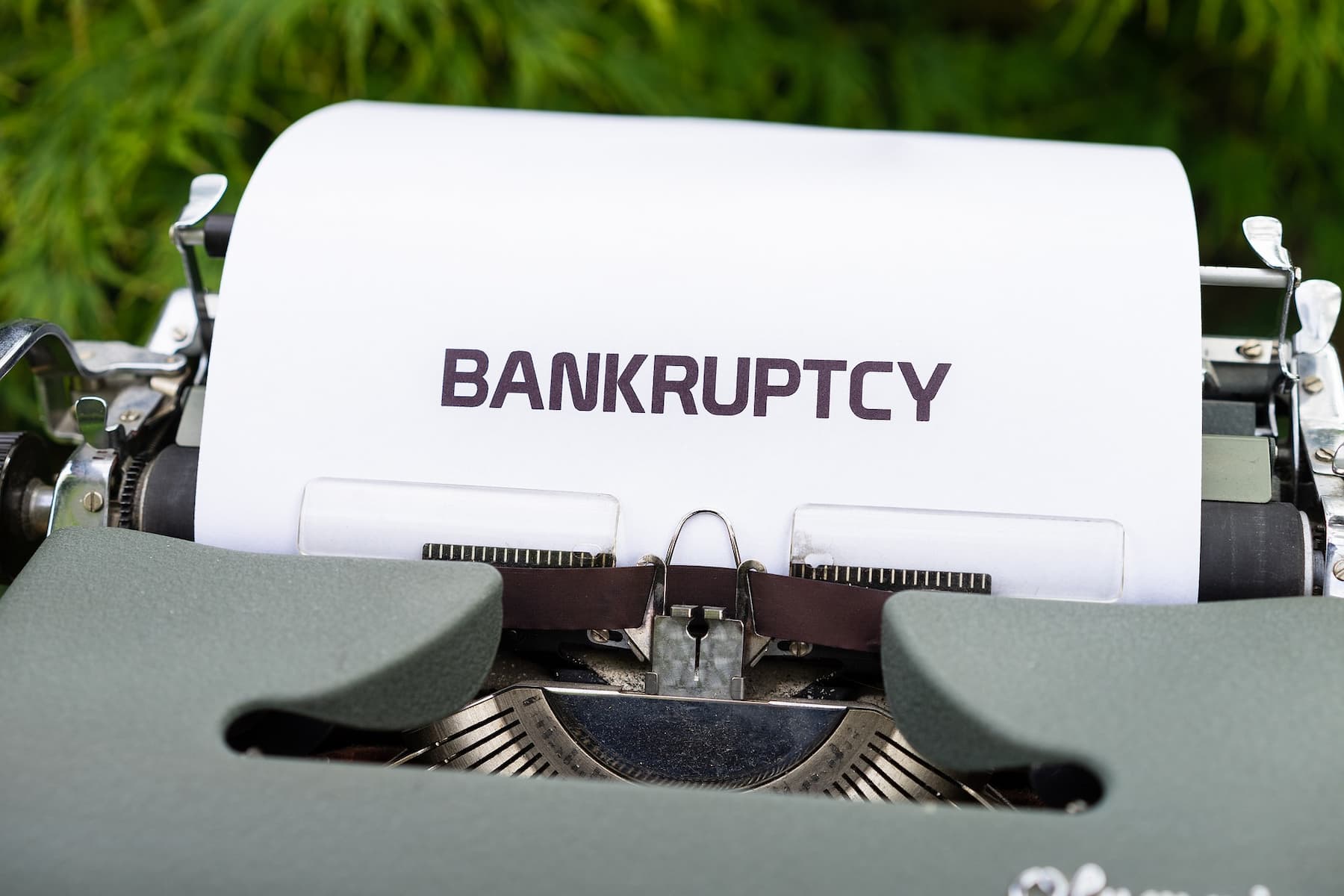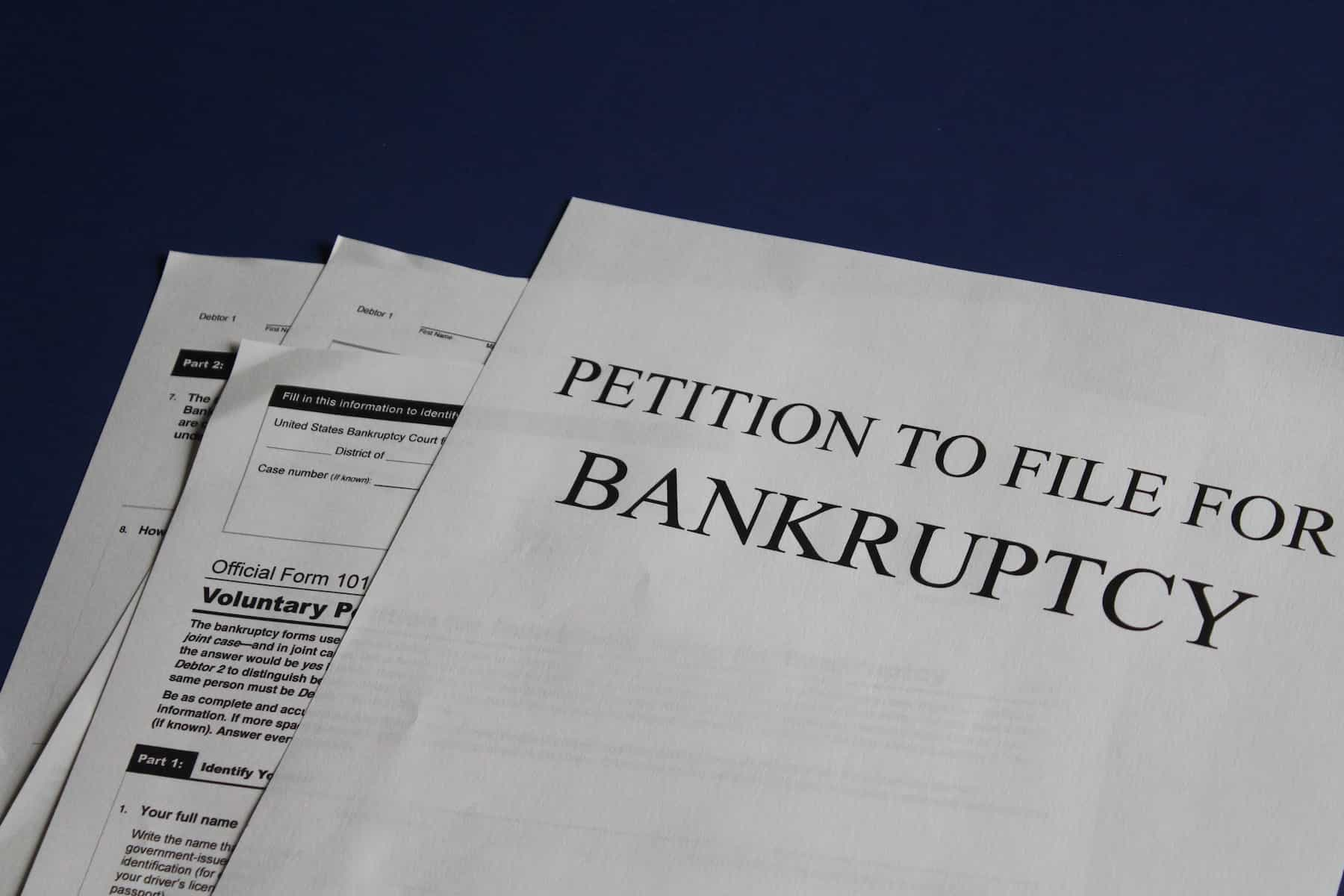
Bankruptcy is a legal process designed to help individuals and businesses who are facing overwhelming debt. By either liquidating assets or creating a repayment plan, bankruptcy provides a fresh start for those who can no longer meet their financial obligations. In the United States, the most common types of bankruptcy filings are Chapter 7 and Chapter 13. Bankruptcy laws have been established to not only guide debtors through this complicated process but also to protect financially troubled businesses.
Debt attorneys understand that the decision to file for bankruptcy is not an easy one. Their role is to guide clients through each step, providing expert advice and support. They will assist in determining which type of bankruptcy is most suitable for their situation and ensure that all paperwork is filed accurately and on time.
The benefits of filing for bankruptcy can include the discharge of certain debts, stopping foreclosure, and halting collection activities, among others. However, it’s also essential to understand the potential drawbacks, such as the impact on one’s credit score and the loss of certain assets. With the right legal guidance from a bankruptcy attorney, individuals and businesses can navigate this process more smoothly and confidently, ultimately reaching a financial fresh start.
Understanding Bankruptcy
Bankruptcy is a legal process designed to help individuals or businesses struggling with insurmountable debt. When we file for bankruptcy, it provides debt relief and allows for a fresh financial start while offering creditors a chance for repayment.
In the United States, bankruptcy cases are handled by the federal courts to ensure a fair and consistent application of bankruptcy laws. There are different chapters of bankruptcy available, such as Chapter 7 and Chapter 13 for individuals, and each has unique processes and qualifications. A bankruptcy attorney will guide clients through the complexities of these processes, ensuring their best interests are protected and they can successfully regain control of their financial future.
Historical Background
In the United States, the concept of bankruptcy has evolved significantly over time. Originally, it was considered a quasi-criminal act, with a focus on punishing the debtor. In 1800, the first United States bankruptcy law was introduced, and since then, several acts of Congress have shaped the nature of bankruptcy. Today, we emphasize rehabilitating and reorganizing debtors in distress, rather than punishing them.
In France and under English law, the history of bankruptcy is similarly rich. France has experienced various phases of their insolvency law, often reflecting changes in their economic and political environment. English law, on the other hand, set a foundation for bankruptcy systems in many common law jurisdictions. Early English bankruptcy law, like in the United States, often involved severe penalties for debtors, but evolved to focus on rehabilitating and protecting them.
Bankruptcy Laws in the U.S
In the U.S, the bankruptcy process is governed by the U.S. Bankruptcy Code, which is a federal statute within the United States Code. As bankruptcy experts, we often refer to this code when helping our clients navigate their bankruptcy cases. The code is organized into various chapters that provide specific approaches for different situations.
The Federal Rules of Bankruptcy Procedure guide the administrative side of bankruptcy cases. Rule 1001 states its purpose as providing procedures for an efficient and expeditious resolution of bankruptcy cases while protecting debtors’ rights and the rights of creditors.
Here are some of the most common chapters of the U.S. Bankruptcy Code that we usually work with:
- Chapter 7: Liquidation bankruptcy for individuals and businesses
- Chapter 11: Business reorganization
- Chapter 12: Family farmer bankruptcy or family fisherman bankruptcy
- Chapter 13: Individual debt adjustment
Good bankruptcy professionals continuously stay informed on changes and amendments, ensuring that they can provide clients with the most updated and accurate information for their particular situation.
Kinds of Bankruptcy Chapters
There are various types of bankruptcy chapters that individuals and companies can file. To provide a better understanding, let us briefly discuss the most common ones.
Chapter 7 and Chapter 13 are the most prevalent bankruptcy chapters for individuals. Chapter 7, also known as liquidation bankruptcy, involves selling the debtor’s non-exempt assets to pay off creditors. On the other hand, Chapter 13, or reorganization bankruptcy, allows debtors to create a repayment plan to clear debts over time.
Chapter 11 is primarily for businesses and corporations seeking reorganization. This chapter allows them to restructure debts and continue operating. Chapter 12 applies explicitly to family farmers and fishermen, providing them with a more streamlined reorganization process.
Less common chapters include Chapter 9, which addresses municipality bankruptcies, and Chapter 15, dealing with cross-border insolvency cases. Each bankruptcy chapter has its unique rules and requirements to effectively cater to the specific needs of debtors.
The Bankruptcy Process
When initiating the bankruptcy process, the first step is to file a petition with the appropriate bankruptcy court. This can be done by individuals, spouses, or corporations. It’s important to consult with a bankruptcy attorney to determine the most suitable type of bankruptcy for your situation, as there are different types, usually referred to by their chapter in the U.S. Bankruptcy Code.
Once the petition is filed, an automatic stay comes into effect, which temporarily prevents creditors from pursuing judgments or further collection actions. A court-appointed trustee will then examine your assets and liabilities to create a repayment plan. Throughout the process, we’ll be by your side to ensure that your rights are protected and offer guidance on how to move forward.
Bankruptcy and Debt
When it comes to bankruptcy, there are different types of debts that play a significant role in the process. The two primary categories are secured debts and unsecured debts. Secured debts are those backed by collateral, such as a mortgage or car loan. On the other hand, unsecured debts are not tied to any collateral, like credit card debt or medical bills.
A bankruptcy attorney’s main goal is to help the client find the best possible solution for debt relief. This may involve developing a debt repayment plan under Chapter 13 bankruptcy or pursuing debt settlement through negotiation with creditors. Another option could be a debt management plan that consolidates debts and establishes a feasible payment structure. Throughout this process, you will be empowered to make informed decisions and regain control over your financial situation.
Assets and Property
In bankruptcy, there are varying types of assets and property that need to be considered. Generally, assets are everything you own, including both personal and real property. Personal property covers material goods such as clothing, furniture, artwork, and vehicles. On the other hand, real property refers to things like land and buildings. Some assets may be considered nonexempt assets, which means they’re not protected by bankruptcy exemptions and can be sold by the trustee to pay creditors.
When a qualified bankruptcy attorney works on a bankruptcy case, they’ll help clients identify and list all their assets. It will also be determined which bankruptcy exemptions can be applied to protect their property. It’s crucial to provide accurate and detailed information about your assets during this process to ensure a smooth and successful bankruptcy filing.
The Impact of Bankruptcy
When filing for bankruptcy, it can have significant effects on various aspects of your life, including your credit report and credit score. Bankruptcy is reported on your credit report and may remain there for up to 10 years, which can greatly impact your ability to obtain new credit or loans. Your credit score may also experience a significant drop upon filing.
Bankruptcy carries a certain stigma attached to it, which can affect our personal and perhaps professional relationships. Nonetheless, bankruptcy also affects the economy, as it is a way of erasing debts owed to lenders and allowing individuals or businesses to have a fresh start.
This can be both positive and negative, reducing the burden on those struggling financially, but potentially increasing the cost of borrowing for everyone.
What Bankruptcy Attorneys Do
Bankruptcy attorneys advise and represent individuals, couples, or businesses filing for bankruptcy. Their main role is to guide clients through the complex bankruptcy legal process.
When a client first consults a bankruptcy lawyer, they will conduct an initial meeting to review the client’s financial situation, debts, assets, income, and expenses. They’ll explain the different types of bankruptcy filings and determine which one is most suitable for the client’s specific circumstances. Common bankruptcy filing chapters include Chapter 7, Chapter 11, and Chapter 13.
After deciding on the appropriate bankruptcy type, the legal team then prepares and files the voluntary bankruptcy petition paperwork with the bankruptcy court on behalf of the debtor. This includes formal schedules listing debts, assets, income sources, living expenses, and any recent financial transactions. We ensure all petition documents meet legal requirements for completeness and accuracy.
Throughout the bankruptcy proceedings, attorneys provide legal counsel and procedural guidance to clients to help them successfully navigate the process. Attorneys often help create debtor-approved plans for repaying debt, advise clients on applicable exemptions they can claim to protect property, represent them if creditors object to aspects of the filing, and ensure compliance with court rules.
Bankruptcy lawyers handle communications with creditors, bankruptcy trustees, judges, and other parties involved in the case while it winds through channels towards getting debts formally discharged under court supervision. By helping oversee each step, bankruptcy attorneys make an often difficult and stressful process smoother for their clients.
Frequently Asked Questions
How Does the Bankruptcy Process Work?
The bankruptcy process begins with filing a petition with the bankruptcy court. The law firm will help you gather the necessary documents, such as your financial records, and submit your schedules, which detail your financial situation. After filing, an automatic stay goes into effect, stopping creditors from taking action against you.
A bankruptcy trustee will be appointed to oversee your case. Depending on the type of bankruptcy filed, the trustee may liquidate your non-exempt assets or work with you to create a repayment plan. The process ends when you receive a discharge, and most, if not all, of your debts are wiped out.
What Are the Consequences of Filing for Bankruptcy?
Filing for bankruptcy can provide relief from overwhelming debt, but it also has several consequences. Your credit score will take a hit, affecting your ability to get loans or credit cards for several years. It’s important to note that bankruptcy remains on your credit report for 7-10 years, depending on the type of bankruptcy.
Although bankruptcy may seem like a daunting prospect, your lawyer will help you understand your options and navigate the process, ensuring you have the opportunity to rebuild your financial life.
What’s the Difference Between Chapter 7 and Chapter 13 Bankruptcy?
The main difference between Chapter 7 and Chapter 13 bankruptcy lies in the approach taken to deal with your debts. Chapter 7, also known as liquidation bankruptcy, allows for the discharge of most unsecured debts by selling off non-exempt assets. In contrast, Chapter 13 involves creating a repayment plan to pay back a portion of your debts over a 3-5 year period.
Your specific financial situation will be assessed to help you determine which chapter is the most suitable option for you, taking into account factors such as your income, assets, and debt levels.
What Assets Can I Keep After Filing for Bankruptcy?
Certain assets are exempt from liquidation in bankruptcy. Exemption laws vary by state, and they determine which assets you can retain. Some common exempt assets include a portion of your home equity, a vehicle up to a certain value, and personal belongings, such as clothing and household items.
Your assets will be carefully reviewed, and the legal team will then help you make the most of the available exemptions, ensuring you keep as much as possible under the applicable laws.
Does Bankruptcy Erase All Types of Debt?
While bankruptcy may help erase most unsecured debts like credit card debt and medical bills, it does not eliminate all types of debt. Some non-dischargeable debts include student loans (except in rare cases), child support, alimony, and most tax debts.
Your lawyer will thoroughly review your debts and help you strategize the best way to handle those that may not be discharged through bankruptcy.
How Can I Minimize the Cost of Filing for Bankruptcy?
Minimizing the cost of filing for bankruptcy involves several steps. These include considering alternatives to bankruptcy, such as debt settlement or negotiating with creditors, and gathering necessary documents and information on your own to reduce attorney fees.
A good bankruptcy attorney’s goal is to provide you with quality representation at a reasonable cost. They’ll work with you to find a solution that best suits your financial situation, ensuring you receive the debt relief you need without undue financial strain.






